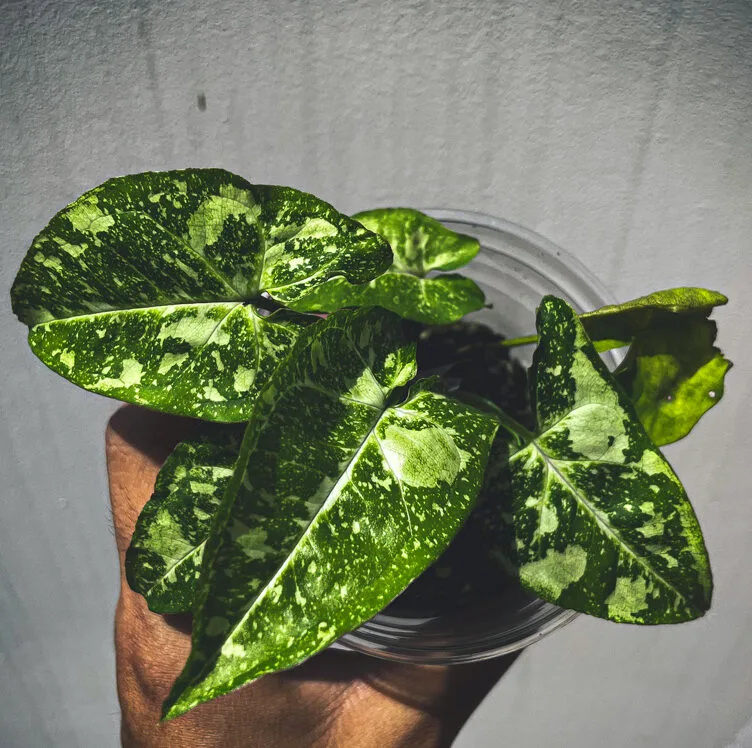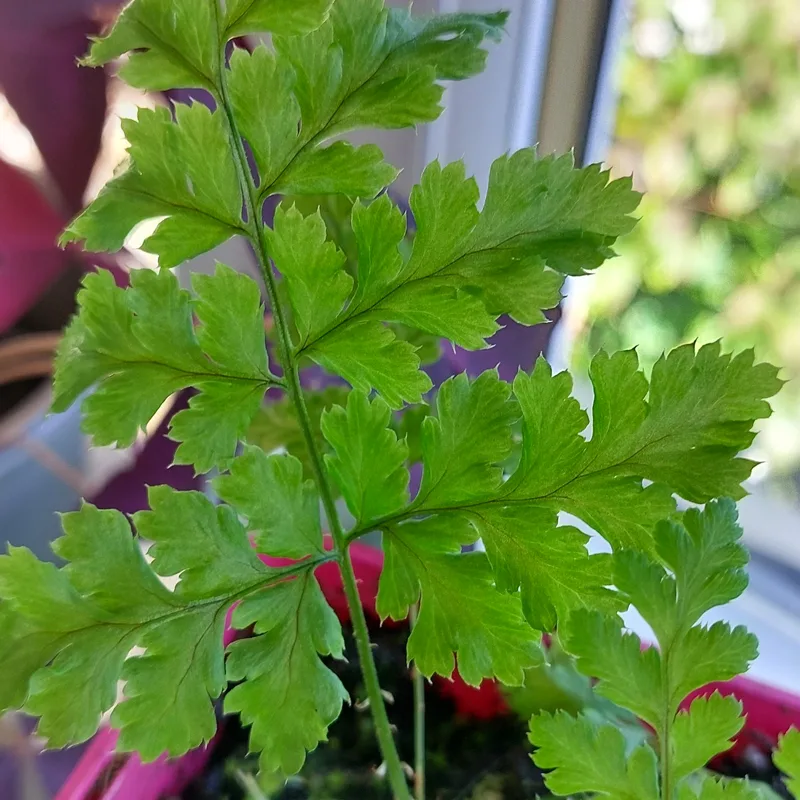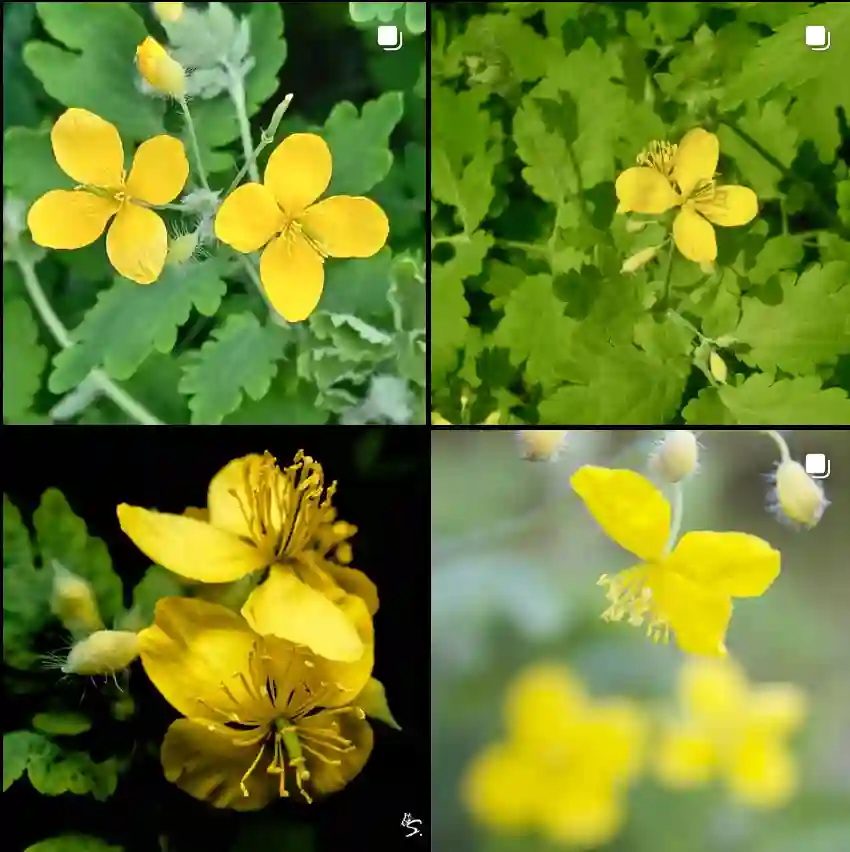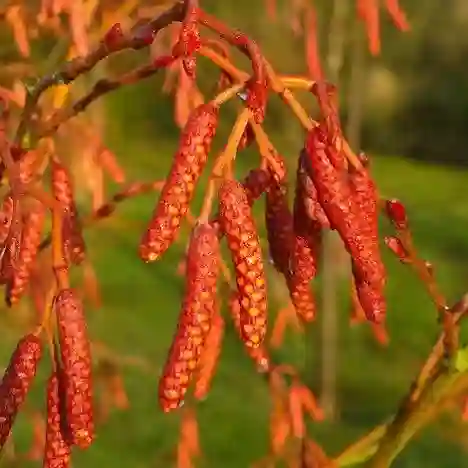
What is persicaria?
Persicaria genus belong to the Polygonaceae family, is a genus of flowering plants that includes many species commonly grown in gardens for their ornamental value. One of the most popular varieties is Persicaria polymorpha, also known as giant fleeceflower, which produces tall spikes of white flowers that resemble astilbe blooms. I’ve grown Persicaria polymorpha in my garden, and it adds a striking vertical element and bright, airy flowers to the landscape.
Persicaria species
- Persicaria acuminata (Kunth) M.Gómez
- Persicaria akakiensis (Cufod.) Soják
- Persicaria × ambigua (Meisn.) B.Bock
- Persicaria amphibia (L.) Delarbre
- Persicaria arifolia (L.) Haraldson
- Persicaria assamica (Meisn.) Soják
- Persicaria attenuata (R.Br.) Soják
- Persicaria barbata (L.) H.Hara
- Persicaria × bicolor (Borbás) Soják
- Persicaria biconvexa (Hayata) Nemoto
- Persicaria bicornis (Raf.) Nieuwl.
- Persicaria borneensis (Meisn.) Soják
- Persicaria × brauniana (F.W.Schultz) Soják
- Persicaria breviochreata (Makino) Ohki
- Persicaria bungeana (Turcz.) Nakai
- Persicaria capitata (Buch.-Ham. ex D.Don) H.Gross
- Persicaria careyi (Olney) Greene
- Persicaria celebica (Danser) Soják
- Persicaria cespitosa (Blume) Nakai
- Persicaria changhuaensis H.W.Zhang & X.F.Jin
- Persicaria chinensis (L.) H.Gross
- Persicaria clivorum Seriz.
- Persicaria × condensata (F.W.Schultz) Soják
- Persicaria criopolitana (Hance) Migo
- Persicaria debilis (Meisn.) H.Gross ex W.Lee
- Persicaria decipiens (R.Br.) K.L.Wilson
- Persicaria dichotoma (Blume) Masam.
- Persicaria diospyrifolia (Cham. & Schltdl.) Funez & Hassemer
- Persicaria dissitiflora (Hemsl.) H.Gross ex T.Mori
- Persicaria eciliata M.A.Hassan
- Persicaria elatior (R.Br.) Soják
- Persicaria erectominor (Makino) Nakai
- Persicaria extremiorientalis (Vorosch.) Tzvelev
- Persicaria ferruginea (Wedd.) Soják
- Persicaria × figertii (Beck) Soják
- Persicaria filiformis (Thunb.) Nakai
- Persicaria foliosa (H.Lindb.) Kitag.
- Persicaria galapagensis (Caruel) Galasso
- Persicaria geocarpica Suyama & K.Ueda
- Persicaria glabra (Willd.) M.Gómez
- Persicaria glacialis (Meisn.) H.Hara
- Persicaria glandulopilosa (De Wild.) Soják
- Persicaria glomerata (Dammer) S.Ortiz & Paiva
- Persicaria greuteriana Galasso
- Persicaria hassegawae Hanai & Seriz.
- Persicaria hastatosagittata (Makino) Nakai
- Persicaria × hervieri (Beck) Soják
- Persicaria hirsuta (Walter) Small
- Persicaria hispida (Kunth) M.Gómez
- Persicaria huananensis (A.J.Li) B.Li
- Persicaria humboldtiana Funez & Hassemer
- Persicaria humilis (Meisn.) H.Hara
- Persicaria × hybrida (Chaub. ex St.-Amans) Soják
- Persicaria hydropiper (L.) Delarbre Plant FAQs: Persicaria Hydropiper
- Persicaria hydropiperoides (Michx.) Small
- Persicaria hystricula (J.Schust.) Soják
- Persicaria imeretina (Kom.) Soják
- Persicaria × intercedens (Beck) Soják
- Persicaria japonica (Meisn.) Nakai
- Persicaria javanica (Bruyn) Soják
- Persicaria jucunda (Meisn.) Migo
- Persicaria kawagoeana (Makino) Nakai
- Persicaria lanata (Roxb.) Tzvelev
- Persicaria lankeshanensis T.J.Liang & Bo Li
- Persicaria lapathifolia (L.) Delarbre Plant FAQs: Persicaria Lapathifolia
- Persicaria leblebicii (Yıld.) Raus
- Persicaria lii Kitag.
- Persicaria limbata (Meisn.) H.Hara
- Persicaria limicola (Sam.) Yonek. & H.Ohashi
- Persicaria longiflora (Courchet) Borodina
- Persicaria longiseta (Bruijn) Kitag. Plant FAQs: Persicaria Longiseta
- Persicaria maackiana (Regel) Nakai
- Persicaria macrantha (Meisn.) Haraldson
- Persicaria maculosa Gray
- Persicaria madagascariensis (Meisn.) S.Ortiz & Paiva
- Persicaria manshuricola Kitag.
- Persicaria meisneriana (Cham. & Schltdl.) M.Gómez
- Persicaria microcephala (D.Don) H.Gross
- Persicaria mikawana Hanai & Seriz.
- Persicaria minor (Huds.) Opiz
- Persicaria mitis (Schrank) Assenov
- Persicaria muricata (Meisn.) Nemoto
- Persicaria × musashinoensis Hiyama
- Persicaria nakaii (H.Hara) Cubey
- Persicaria nataliae Stepanov
- Persicaria neofiliformis (Nakai) Ohki
- Persicaria nepalensis (Meisn.) H.Gross
- Persicaria nogueirae S.Ortiz & Paiva
- Persicaria obtusifolia (Täckh. & Boulos) Greuter & Burdet
- Persicaria odorata (Lour.) Soják Plant FAQs: Persicaria Odorata – Vietnamese Coriander
- Persicaria orientalis (L.) Spach
- Persicaria palmata (Dunn) Yonek. & H.Ohashi
- Persicaria paradoxa (H.Lév.) Kantachot
- Persicaria paraguayensis (Wedd.) S.T.Kim & Donoghue
- Persicaria paralimicola (A.J.Li) B.Li
- Persicaria pensylvanica (L.) M.Gómez
- Persicaria perfoliata (L.) H.Gross
- Persicaria peruviana (Meisn.) Soják
- Persicaria pilushanensis (Y.C.Liu & C.H.Ou) C.F.Kuo ex T.C.Hsu & S.W.Chung
- Persicaria pinetorum (Hemsl.) H.Gross
- Persicaria poiretii (Meisn.) K.L.Wilson
- Persicaria polymorpha – Plant FAQs: Persicaria Polymorpha – Giant Fleeceflower – Knotweed
- Persicaria posumbu (Buch.-Ham. ex D.Don) H.Gross
- Persicaria praetermissa (Hook.f.) H.Hara
- Persicaria prostrata (R.Br.) Soják
- Persicaria × pseudoincana (Klokov) Doweld
- Persicaria × pseudolapathum (Schur) D.H.Kent
- Persicaria pubescens (Blume) H.Hara
- Persicaria pulchra Soják
- Persicaria punctata (Elliott) Small
- Persicaria puritanorum (Fernald) Soják
- Persicaria robustior (Small) E.P.Bicknell
- Persicaria rotunda (Z.Z.Zhou & Q.Y.Sun) Bo Li
- Persicaria rubricaulis (Cham.) Galasso
- Persicaria runcinata (Buch.-Ham. ex D.Don) H.Gross
- Persicaria sagittata (L.) H.Gross
- Persicaria sagittifolia H.Gross
- Persicaria segetum (Kunth) Small
- Persicaria senegalensis (Meisn.) Soják
- Persicaria senticosa (Meisn.) H.Gross
- Persicaria setacea (Baldwin) Small
- Persicaria setosula (A.Rich.) K.L.Wilson
- Persicaria sinica Migo
- Persicaria sinuata (Royle ex Bab.) H.Gross
- Persicaria snobarii Munshi & Javeid
- Persicaria stagnina (Buch.-Ham. ex Meisn.) M.A.Hassan
- Persicaria stelligera (Cham.) Galasso
- Persicaria strigosa (R.Br.) H.Gross
- Persicaria strindbergii (J.Schust.) Galasso
- Persicaria subsessilis (R.Br.) K.L.Wilson
- Persicaria sylvestris Funez & Hassemer
- Persicaria taitoinsularis (Masam.) Yonek.
- Persicaria taquetii (H.Lév.) Koidz.
- Persicaria thunbergii (Siebold & Zucc.) H.Gross
- Persicaria tinctoria (Aiton) Spach
- Persicaria tomentosa (Schrank) E.P.Bicknell
- Persicaria trigonocarpa (Makino) Nakai
- Persicaria umbrosa (Sam.) Galasso
- Persicaria virginiana (L.) Gaertn. Plant FAQs: Persicaria Virginiana
- Persicaria viscofera (Makino) H.Gross
- Persicaria viscosa (Buch.-Ham. ex D.Don) H.Gross ex T.Mori
- Persicaria wellensii (De Wild.) Soják
- Persicaria × wilmsii (Beck) Soják
- Persicaria wugongshanensis Bo Li
Is persicaria a weed?
While some species of Persicaria can be aggressive in the garden, I wouldn’t consider them weeds per se. However, certain varieties, especially those with creeping or spreading habits, can sometimes become invasive in certain conditions. In my experience, it’s essential to choose the right species and cultivars for your garden and to monitor their growth to prevent them from taking over.
Is persicaria invasive?
Persicaria is not considered invasive in most regions where it’s grown. However, it’s always a good idea to check with local gardening authorities or extension offices to ensure that it’s not listed as invasive in your area. In my garden, I’ve found that Persicaria polymorpha behaves well and doesn’t spread aggressively, but individual experiences may vary depending on growing conditions and climate.
Is persicaria poisonous?
In general, Persicaria species are not known to be poisonous to humans. However, as with any plant, it’s essential to exercise caution and research specific species if you have concerns about toxicity. In my garden, I’ve never had any issues with Persicaria causing harm, but I always recommend keeping potentially toxic plants away from children and pets.
Is persicaria poisonous to dogs?
While I haven’t personally found information specifically about Persicaria being poisonous to dogs, it’s always wise to err on the side of caution and avoid allowing pets to ingest unknown plants. If you’re unsure about the safety of Persicaria or any other plant in your garden, it’s best to consult with a veterinarian or animal poison control center for guidance.
How to divide persicaria?
Dividing Persicaria is a relatively simple process that I’ve done in my garden to manage its growth and rejuvenate established clumps. In early spring or fall, I carefully dig up the plant and use a sharp spade or knife to divide the root ball into smaller sections, making sure each division has both roots and shoots. I then replant the divisions in prepared soil and water them well to encourage establishment.
How to grow persicaria?
To grow Persicaria successfully, I’ve found that it prefers moist, well-drained soil and partial to full sun. I typically plant it in a location where it will receive morning sun and some afternoon shade, especially in hotter climates. Regular watering, especially during dry periods, helps keep Persicaria healthy and thriving in my garden.
How to propagate persicaria?
Propagating Persicaria can be done through division, stem cuttings, or seeds. In addition to dividing established clumps, I’ve also had success taking softwood stem cuttings in late spring or early summer and rooting them in a mixture of perlite and peat moss. Alternatively, some species of Persicaria can be grown from seeds sown indoors in early spring and transplanted outdoors once the weather warms up.
When does persicaria flower?
Persicaria typically flowers from mid to late summer, depending on the species and variety. The exact timing can vary depending on growing conditions and climate, but in general, you can expect to see flowers appearing in midsummer and continuing into the fall. The flowers come in a variety of colors, including white, pink, and red, depending on the species.
Where to plant persicaria?
Persicaria thrives in moist, well-drained soil and prefers partial to full sun. In my garden, I’ve planted it in borders, woodland gardens, and alongside ponds or streams, where it can enjoy the moisture and partial shade provided by nearby trees or shrubs. It’s also a great choice for rain gardens or other areas prone to seasonal flooding, as it can tolerate temporary waterlogging.
Can goats eat persicaria perfoliata?
While I couldn’t find specific information about goats eating Persicaria perfoliata, also known as Asiatic tearthumb, it’s always a good idea to research the toxicity of plants before allowing animals to graze on them. Some Persicaria species contain oxalate crystals, which can cause irritation or discomfort if ingested in large quantities. If you have concerns about the safety of Persicaria for goats or other livestock, it’s best to consult with a veterinarian or animal nutritionist for guidance.
Do deer eat persicaria?
In my experience, deer tend to avoid eating Persicaria in my garden, which makes it a great choice for landscapes where deer browsing is a concern. While no plant is completely deer-proof, I’ve noticed that Persicaria’s tough, fibrous leaves and sometimes peppery taste make it less palatable to deer compared to other garden plants. However, individual experiences may vary depending on local deer populations and food availability.
If i die, water my plants!



